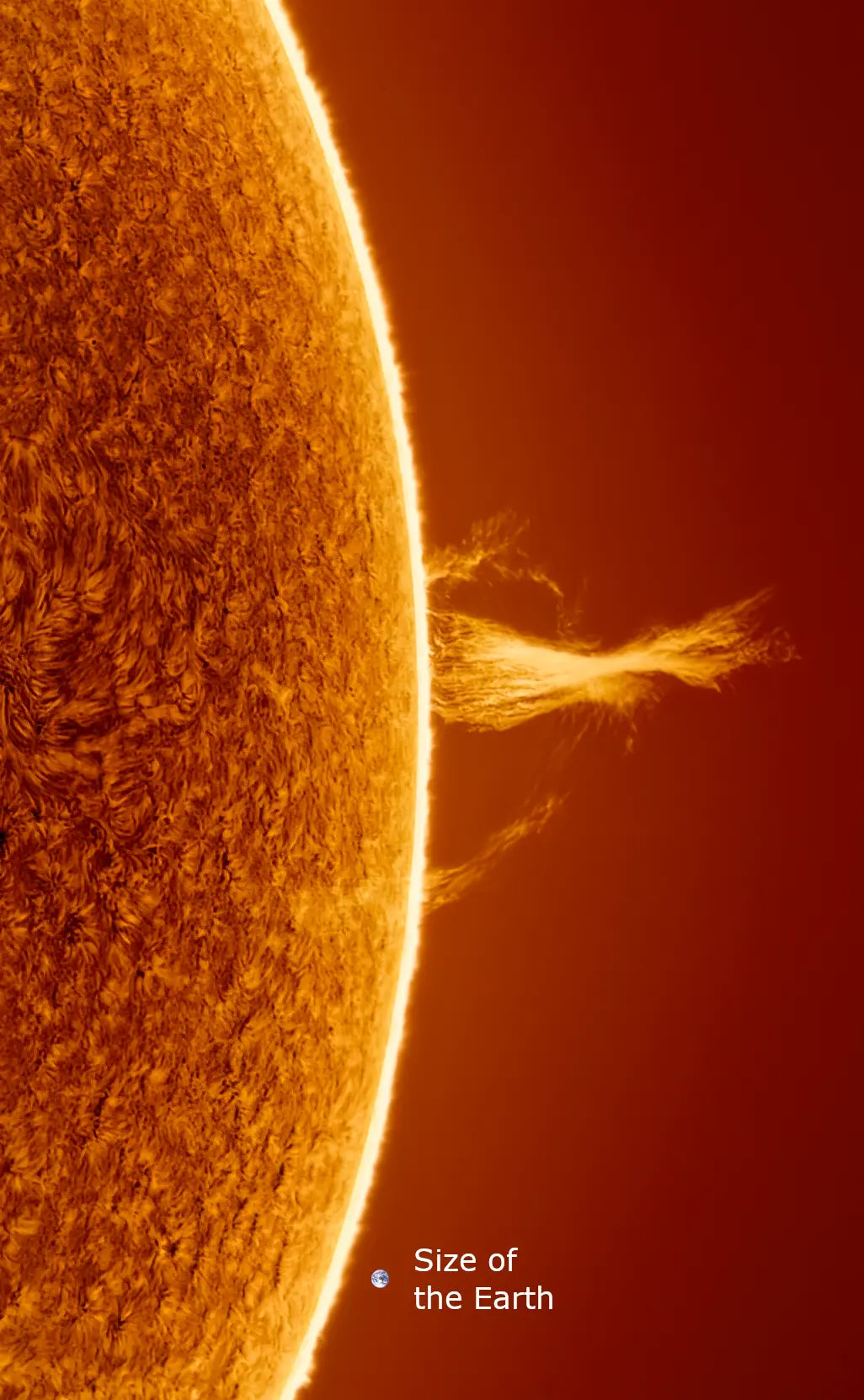Solar Phenomena
The Sun, the powerhouse star of our solar system, is not just a static ball of burning gas; it is a dynamic and complex system. A G-Type Main Sequence star, it undergoes various activities that not only influence the solar system but also have a significant impact on Earth's environment. This article aims to demystify some of the most fascinating solar phenomena: Solar Flares, Coronal Mass Ejections (CMEs), Auroras, Sunspots, and Solar Eclipses.
Solar Flares
What Are They?
Solar flares are sudden, intense bursts of energy and radiation originating from the Sun's surface and its outer atmosphere. They are the solar system's largest explosive events and can last from minutes to hours.How Do They Form?
Solar flares are caused by the release of magnetic energy stored in the Sun's atmosphere. When magnetic field lines cross, reorganize, and reconnect, energy is released in the form of light, X-rays, and charged particles.
Impact on Earth
Solar flares can affect Earth's ionosphere, disrupting radio communications and GPS signals. They can also pose a threat to astronauts and satellites in space.
Coronal Mass Ejections (CMEs)
What Are They?
Coronal Mass Ejections are massive bursts of solar wind and magnetic fields rising above the solar corona or being released into space.
How Do They Form?
CMEs are often associated with solar flares and are caused by the same magnetic instabilities. However, they are much larger in scale and involve the ejection of a massive amount of plasma.
Impact on Earth
CMEs can cause geomagnetic storms, which can disrupt power grids, satellite communications, and even lead to stunning auroras borealis.
Auroras
What Are They?
Auroras, commonly known as Northern and Southern Lights, are natural light displays predominantly seen in polar regions.
How Do They Form?
When charged particles from the Sun collide with Earth's magnetic field, they get funneled towards the poles. These particles then interact with the gases in Earth's atmosphere, creating the beautiful light display.
Impact on Earth
Auroras are mostly harmless and serve as a visual treat. However, the solar storms that cause them can affect satellite operations and power grids.Sunspots
What Are They?
Sunspots are dark, cooler areas on the Sun's surface caused by magnetic activity.


